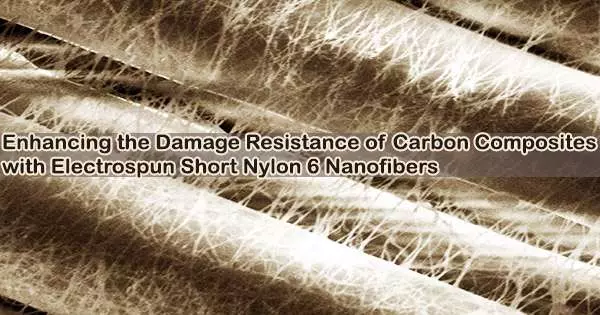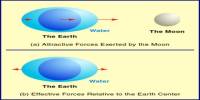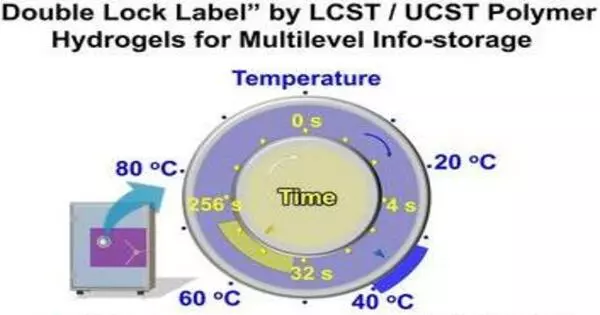Due to their high specific strength and modulus, carbon fiber composites are desirable structural materials. However, because to their anisotropic structure and laminated construction, carbon composites are vulnerable to external loading.
Interlaminar resin-rich zones are more prone to matrix cracking because a brittle matrix regulates the characteristics in and out of plane direction. Such early damage eventually develops into a fracture that is fatal, like delamination when subjected to Mode II strain.
To stop the genesis and spread of cracks, many strategies have been used, increasing the damage resistance of composites. Due to their high surface area to volume ratio and capacity to resist millimeter scale cracks, adding nanoparticles to epoxy is one of the most promising strategies.
However, nanoparticles are intricately linked to agglomeration in microstructure, which might act as locations for the start of embrittled damage.
Short nylon electrospun Since 6 nanofibers’ bulk mechanical properties were similar to those of epoxy, they were suggested as an alternative to epoxy as a reinforcement material. It was anticipated that nanofibers with a high surface area to aspect ratio would introduce energy-absorbing surfaces and nanoscale toughness mechanisms.
Carbon fiber composites is now well adopted in the aircraft and automobile industries due to its high specific strength and stiffness, enabling the aircraft and vehicles to be more fuel efficient and cost effective.
Professor Kheng Lim Goh
Nanofibers were spun and cut into shorter lengths during fabrication, which was followed by the modification of epoxy to create a vacuum-bagged carbon fiber composite. Samples were tested under quasi-static indentation loading in accordance with ASTM D6264/D6264M-17.
Results showed an improvement of 8.7, 8.8, and 53% in peak force, displacement and elastic toughness at optimum nanofiber concentration. Damage area slightly grew but external directional damage growth was restrained.
The amount of delamination decreased by 12.6% at the optimal nanofiber concentration. Superior performance was attributed to reduced compressive fiber failure and improved interlaminar bonding.
These recently created electrospun nanofiber-reinforced carbon composites aim to address the age-old problem of composites’ generally poor damage resistance in automotive, marine, and aerospace applications. Reduced costs for non-destructive inspection and the use of composite structures with low safety factors are possible results of improved damage resistance.
The work was led by Usaid Ahmed Shakil, at Centre for Advanced Composite Materials (CACM), Universiti Teknologi Malaysia, supported by six team members, namely Professors Shukur Bin Abu Hassan, Yazid Bin Yahya, Muhammad Asyraf Bin Muhammad Rizal, Ahmad Ilyas Bin Rushdan, Mat Uzir bin Wahit, from Universiti Teknologi Malaysia, and Mohd Ruzaimi Mat Rejab, from Universiti Malaysia Pahang. It has been published in the journal Polymer Composites.
Associate Professor Kheng Lim Goh of Newcastle University in Singapore, with expertise in Materials Technology, has acted as a technical advisor on this project. Associate Professor Goh remarks, “Carbon fiber composites is now well adopted in the aircraft and automobile industries due to its high specific strength and stiffness, enabling the aircraft and vehicles to be more fuel efficient and cost effective.”
“However, accidents are bound to happen and when this occurs, repair can be costly in terms of materials and turn around time. Modifying the carbon fiber composite to become more impact resistance is key to mitigating the problem.”
“I am really pleased that the team has been very successful in developing this method for improving the impact properties of the carbon fiber composites. I am really pleased that the method and findings have been published.”
















